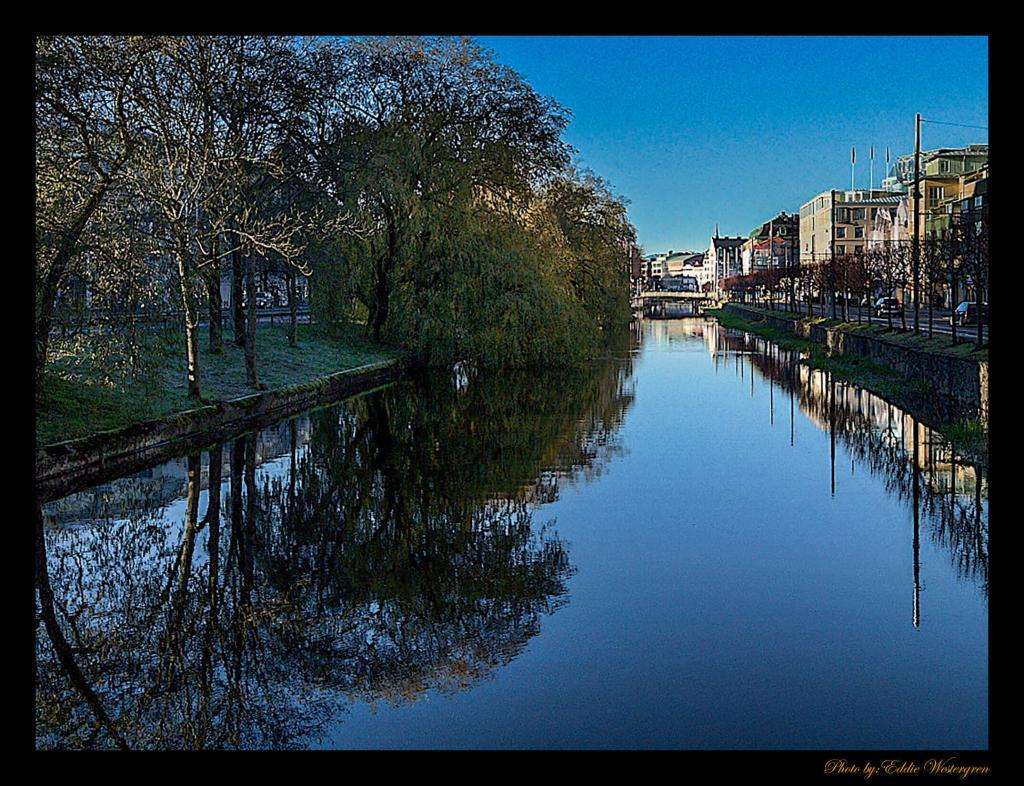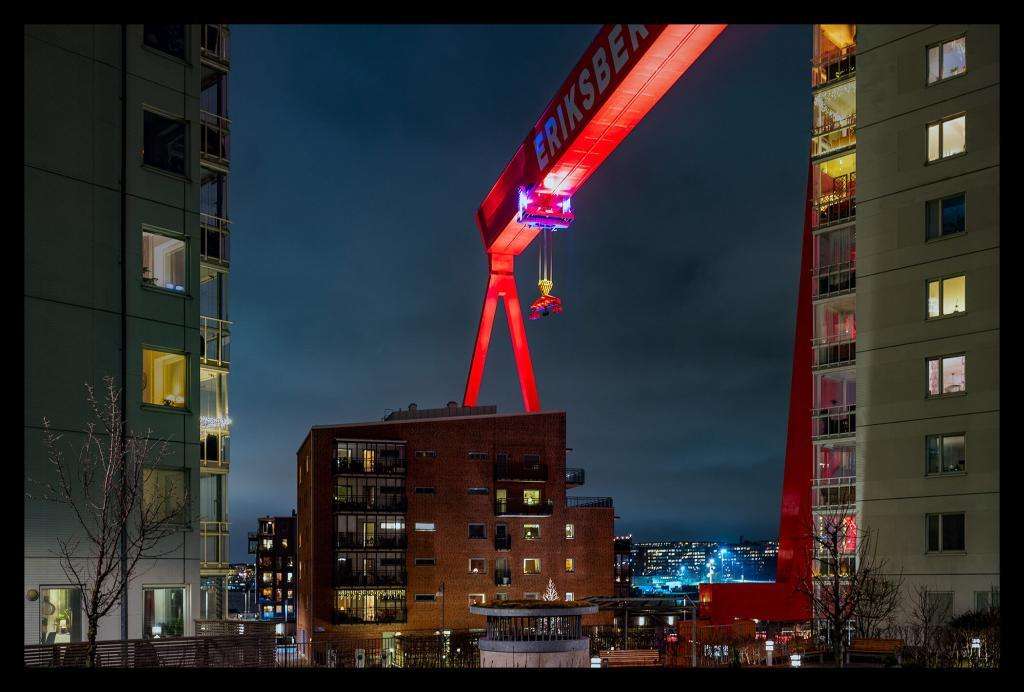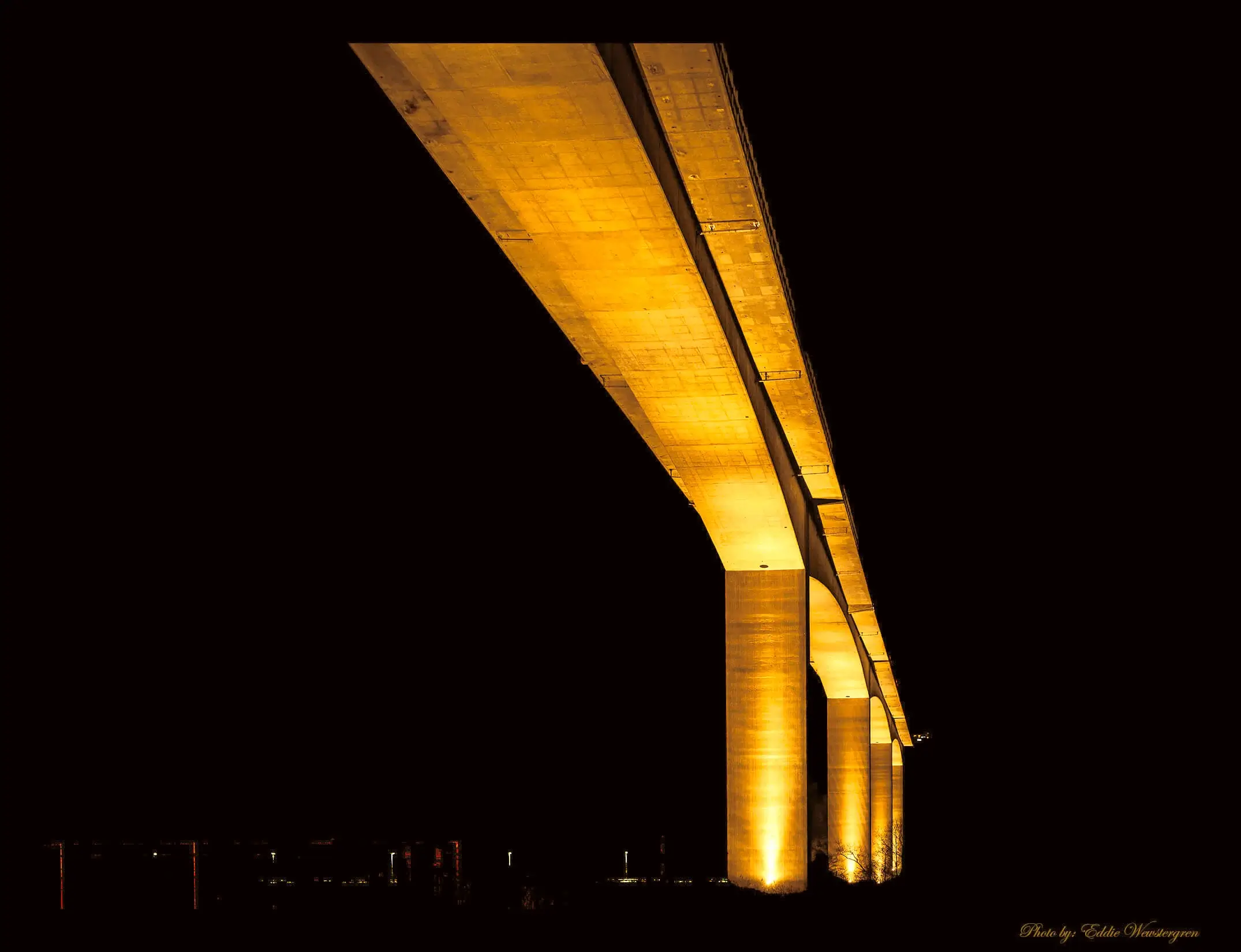Thoughtfulness
Resting on a bench in the park invites a tranquil immersion into nature’s embrace, a pause button in the bustling symphony of life. As I settle onto the weathered wooden slats, I feel a subtle harmony between my body and the surrounding environment. The bench, a silent witness to countless stories, cradles me in its sturdy arms, offering respite from the ceaseless rhythm of the world.
Above me, the verdant canopy of trees weaves a tapestry of shifting light and shadow, dappling the ground with patterns of sun and shade. The gentle rustle of leaves provides a soothing soundtrack, a melody that accompanies my thoughts as they drift and wander.
Around me, life buzzes with quiet activity. Birds flit and chirp in the branches, their songs weaving through the air like delicate threads. Squirrels dart among the undergrowth, their playful antics a reminder of nature’s boundless energy. Even the distant hum of traffic seems softened by the lush greenery, a mere echo of the outside world.
Yet despite the lively backdrop, the bench cocooning me offers a sanctuary of stillness. Here, time flows at its own leisurely pace, unaffected by the demands of schedules or deadlines. I close my eyes and surrender to the moment, letting go of the burdens that weigh upon my shoulders.
Beauty surrounding
In this tranquil interlude, my senses awaken to the beauty that surrounds me. The scent of earth and foliage fills the air, mingling with the distant perfume of flowers in bloom. The warmth of the sun kisses my skin, a gentle reminder of the season’s embrace. I run my fingers along the rough grain of the bench, tracing the lines of its history etched into the wood.
As I sit in quiet contemplation, I find solace in the simplicity of existence. Here, amidst the rustling leaves and twittering birds, I am reminded of life’s enduring resilience, its capacity to endure and flourish despite adversity. And though the world may spin on, the bench in the park remains a steadfast anchor, a timeless sanctuary where one can always find a moment of peace.









